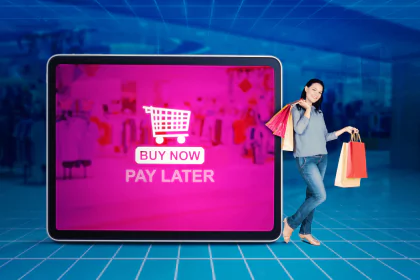Context of the Event: What? Where? When?
The commercial real estate market is currently experiencing unprecedented discounts, with office spaces being sold at extreme bargains. This significant shift is particularly evident in major urban centers across the United States, where high vacancy rates and economic uncertainties have led to a dramatic decrease in property values. As of June 2024, this trend has raised important questions about the future of commercial real estate and its implications for investors and businesses.
Initial Description of the Situation with commercial real estate discounts
Recent reports indicate that commercial office spaces in key cities are being offered at discounts that were unimaginable just a few years ago. This phenomenon is primarily driven by the aftermath of the COVID-19 pandemic, which has permanently altered work patterns and reduced the demand for traditional office spaces.
With many businesses adopting hybrid or fully remote work models, the need for large office spaces has diminished significantly. Consequently, landlords and property owners are struggling to find tenants, leading to substantial price reductions. This development presents both opportunities and challenges for various stakeholders in the real estate market.
The Impact on Investors
For investors, the current market conditions represent a rare opportunity to acquire prime commercial real estate at significantly reduced prices. Properties that once commanded premium prices are now available at a fraction of their previous value. This situation can be particularly advantageous for long-term investors who can afford to wait for the market to stabilize and potentially rebound.
However, the steep discounts also come with considerable risks. The ongoing economic uncertainties and the potential for further declines in property values make investing in commercial real estate a risky proposition. Investors must carefully evaluate the long-term viability of their investments, considering factors such as location, tenant demand, and overall economic conditions. For more information on managing risks, check out Financial Planning & Budgeting.
The Challenges for Property Owners
Property owners are facing unprecedented challenges due to high vacancy rates. With fewer businesses needing traditional office spaces, many landlords are struggling to fill their buildings. This situation is exacerbated by the rise of co-working spaces and flexible office solutions, which offer more adaptable and cost-effective alternatives for businesses. More details can be found on Digital Wallets & Payment Systems.

The financial strain on property owners is further compounded by the need to offer significant discounts to attract tenants. This dynamic has led to a decrease in rental income, which can impact the ability of property owners to maintain and improve their buildings. In some cases, this financial pressure may result in foreclosures and distressed sales, further contributing to the downward pressure on property values.
The Broader Economic Implications
The decline in commercial real estate values has broader economic implications, particularly for local economies that rely heavily on property taxes and real estate investments. Reduced property values can lead to lower tax revenues, which in turn can affect public services and infrastructure development.
The shift in demand for office spaces is also likely to transform urban landscapes. Cities that were once bustling with office workers may see a reduction in commercial activity, leading to changes in retail patterns, transportation needs, and overall city planning. Policymakers and urban planners will need to adapt to these changes to ensure sustainable and vibrant urban environments. Relevant details are available on JPMorgan Chase.
Opportunities for Adaptation
One potential solution to the challenges facing the commercial real estate market is the repurposing of office spaces for alternative uses. This could include converting office buildings into residential properties, mixed-use developments, or community spaces. Such adaptations can help mitigate the impact of high vacancy rates and create new opportunities for growth and development.
Property owners and investors can also explore innovative approaches to meet the changing needs of businesses. This includes offering flexible lease terms, co-working spaces, and shared office solutions that cater to the evolving preferences of tenants. By embracing flexibility and adaptability, stakeholders can better navigate the uncertainties of the current market.
Conclusion
The current state of the commercial real estate market presents a complex mix of challenges and opportunities. While extreme discounts offer potential bargains for investors, the risks associated with high vacancy rates and economic uncertainties cannot be ignored. Property owners and stakeholders must adapt to the changing landscape, exploring innovative solutions to ensure sustainable growth and stability in the long term. As the market continues to evolve, the ability to navigate these dynamics will be crucial for success in the commercial real estate sector.
FAQ — Popular Questions and Answers
The demand for traditional office spaces has significantly decreased post-pandemic due to the rise of remote and hybrid work models.
Investors face risks such as high vacancy rates, economic uncertainties, and the potential for further declines in property values.
Current market conditions offer investors the chance to acquire prime commercial real estate at significantly reduced prices.
Property owners can adapt by repurposing office spaces for alternative uses and offering flexible lease terms and co-working solutions.
Declining commercial real estate values can impact local economies through reduced property tax revenues and changes in urban planning and development.












